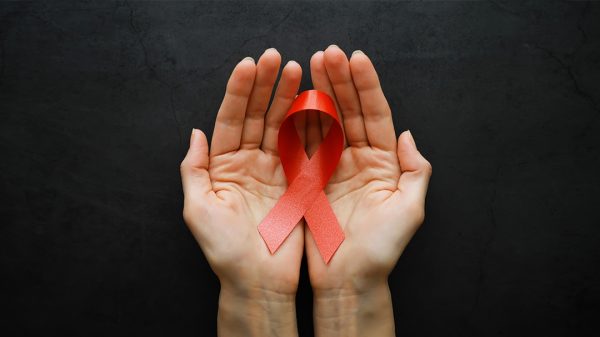Newborns exposed to HIV during pregnancy or birth should receive preventive antiretroviral medication immediately after delivery to reduce the risk of transmission from mother to child.
But a study finds that more than half of infants diagnosed with HIV in their first year of life had not received this essential postnatal treatment — suggesting their mothers’ infections may not have been detected during pregnancy.
The study also highlights racial disparities in HIV exposure, infection and treatment: The majority of infants who had not been treated for an HIV infection after birth were Black, according to findings published in Pediatrics.
“Being born with HIV profoundly affects a child’s health and future, and we have effective tools to prevent it,” said senior author Kengo Inagaki, M.D., pediatric infectious disease specialist at University of Michigan Health C.S. Mott Children’s Hospital.
“When newborns aren’t getting preventive treatment, it suggests we may be missing HIV infections in pregnant women and missing critical opportunities to intervene.”
Missed prevention in high risk infants
Researchers analyzed Medicaid data for more than three million infants born between 2009 and 2021.
Among 52 infants diagnosed with HIV by age one, more than half had not received the recommended postnatal antiretroviral prophylaxis.
“Our findings point to potential gaps in prenatal HIV detection,” said Inagaki, who’s also a researcher at the U-M Medical School and with the Institute for Healthcare Policy and Innovation.
“Universal HIV screening is recommended in the first trimester, but it’s not consistently repeated later in pregnancy, when new infections can occur.”
Retesting during the third trimester, he adds, could help identify mothers who acquire HIV later in pregnancy — and prevent mother-to-child transmission through timely treatment.
Racial disparities consistent with national data
The study also reflects broader national trends in racial disparities related to HIV.
Nearly 74% of infants who were diagnosed with HIV but did not receive preventive medication were Black.
This reflects long-standing disparities in health care access, including HIV screening and maternal care, Inagaki says.
National surveillance data show that while women account for about 18% of new HIV infections in the United States, more than 60% of these are in women of childbearing age and over half of those are Black women.
Strengthening prevention for at-risk newborns
U.S. guidelines for preventing perinatal HIV transmission have evolved over the last three decades.
Today, nearly all infants born to mothers with known HIV infections receive postnatal antiretroviral prophylaxis, significantly reducing their risk of infection.
“Virtually all perinatal HIV infections in the U.S. are preventable,” Inagaki said.
“But that prevention starts with diagnosing maternal HIV early. If we miss the infection in the mother, we miss the chance to protect the baby. HIV is a lifelong condition requiring lifelong care. That’s why timely detection and treatment in both mothers and infants must remain a public health priority.”



































































